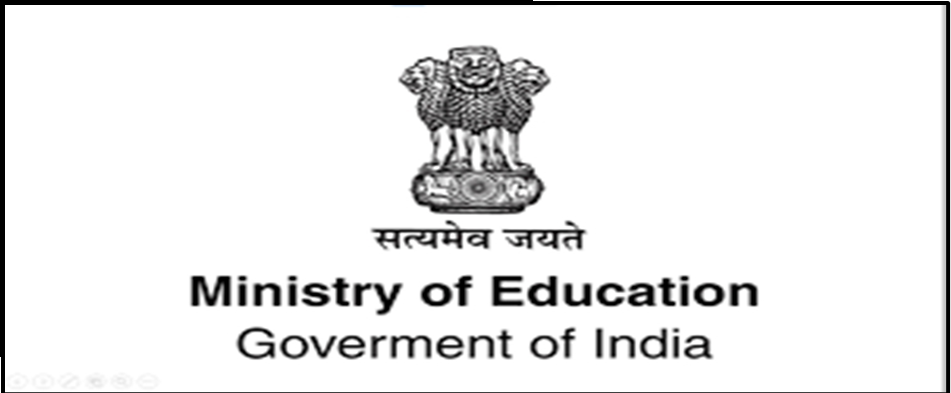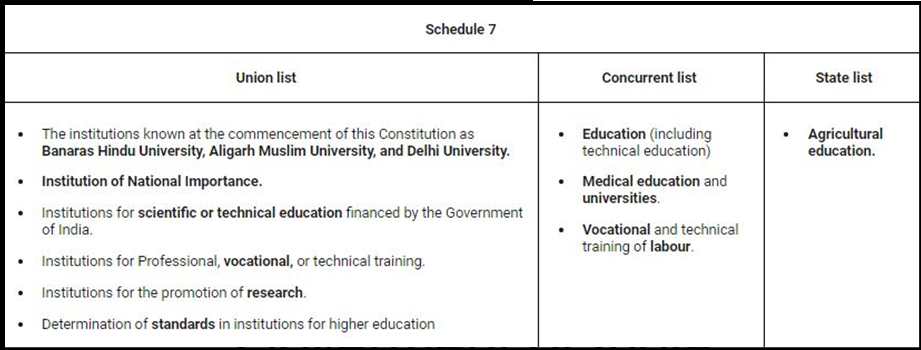Pariksha Pe Charcha
@newsonair - FILE PICS
News
- This coming Monday (29 January 2024) is the 7th iteration of Prime Minister Narendra Modi’s “Pariksha Pe Charcha 2024.”
About Pariksha Pe Charcha
- According to the Ministry of Education, more than 4,000 people will engage with the Prime Minister this year through the special interactive program and the event will take place at Delhi’s Bharat Mandapam in a town hall-style;
- Under the Pariksha Pe Charcha program, parents, teachers, and students from all over the country and abroad engage with the Prime Minister to talk about exam- and post-school anxiety;
- Pariksha Pe Charcha is a component of the broader “Exam Warriors” movement, which Mr. Modi started to help kids feel less stressed.
Annual Status Of Education Report 2023
- Released by: NGO Pratham released the 18th Annual Status of Education Report (ASER) 2023, titled “Beyond Basics,” which covered the activities students are involved in, their proficiency in basic and applied math and reading, as well as their knowledge of and proficiency with digital technology.
- What is the Annual Status of Education Report (ASER)?
- Every year, the ASER is a citizen-led household survey that attempts to find out if children in rural India are attending school and whether or not they are learning;
- Since 2005, ASER has been carried out annually in all of India’s rural districts and it is considered as India’s biggest citizen-led survey;
- ASER surveys generated representative estimates at the national, state, and district levels of children’s basic reading and math proficiency as well as their enrollment status for children aged 3 to 16.
- Key Highlights of the Report:
- Status of Youth Activities:
- In every enrollment category, more girls than boys were regularly taking care of the home. This discrepancy is roughly 20 percentage points overall;
- The majority of young people, both male and female, who work in jobs other than housework typically operate on family farms;
- It was discovered that a greater proportion of males (40.3%) than females (28%) had done work other than household work for more than 15 days;
- Roughly thirty percent of young people work for their parents.
- Aspirations: According to the survey, the two most popular options among the boys and young men in the sample were the police (13.6%) and the army (13.8%).The most popular professions among the girls and young women surveyed were teacher (16%) and doctor (14.8%).
- Age Difference in Enrollment:
- In total, 86.8% of people between the ages of 14 and 18 are enrolled in school;
- Age-related differences are more pronounced than gender-specific differences in enrollment. For children ages 14 and 18, the percentage of unenrolled youth is 3.9% and 32.6%, respectively.
- Choice of Streams:
- The Arts/Humanities streams were chosen by the majority of students in this age group;
- More than half of students in Class XI or higher are enrolled in the Arts/Humanities stream (55.7%), while female enrollment in the STEM (science, technology, engineering, and mathematics) stream is lower than that of male enrollment (36.3%).
- Status Of Vocational Training: Out of the youth surveyed, only 5.6% are enrolled in courses related to or vocationally trained. The youth are most likely to enroll in vocational training at the college level (16.2%) and furthermore, the majority of young people are enrolled in courses that last six months or less.
- Evaluation of Basic Skills and Literacy Levels:
- Roughly 25% of this age group is unable to read a standard II-level text in their native tongue with fluency;
- When reading a Std II level text in their native tongue, females (76%) outperform males (70.9%) across all enrollment categories;
- Proficiency in Reading English: 57.3% of people can read sentences in English;
- Approximately 73.5 percent of English language readers can comprehend the meaning of the sentences.
- Division Problems:
- Of youth aged 14 to 18, over half have difficulty solving division problems (3-digit by 1-digit), with only 43.3% of them being able to do so correctly;
- The percentage of young people who could solve a superficial division problem (grades 3–4) increased to 43.3% in 2023 from 39.5 percent in 2017;
- Using Fundamental Knowledge in Everyday Situations: Sixty-three percent of the young people surveyed, or two thirds, could read the functional instructions on an ORS solution packet.
- Digital Divide in Smartphone Proficiency:
- Ninety percent of the households surveyed owned smartphones. Nearly 95% of the kids surveyed could use a smartphone, compared to 90% of the girls;
- Two-thirds of those who possess a smartphone said they used it for educational purposes during reference week, such as watching study-related videos online, clearing up questions, or exchanging notes.
- Status of Youth Activities:
Educational provisions found in the Constitution of India:
- Fundamental Rights:
- 21A: entitlement to free public education
- 28: Freedom to participate in religious worship or instruction in some educational institutions
- 30: Minorities’ ability to create and run educational institutions
- State Policy Directive Principles:
- 41: the rights to employment, education, and, in some situations, public assistance.
- 45:
- Ensuring children receive free and mandatory education;
- Providing children under the age of six with early childhood care and education
- Fundamental Duties: Art. 51A: It is the responsibility of a parent or guardian to give their child, or ward, between the ages of six and fourteen, opportunities for education.
- Part XVII: Official Language – Art. 350A:
- Provisions for mother tongue instruction in primary education;
- Every state shall strive to provide adequate facilities for instruction in the mother tongue to children from linguistic minority groups at the primary level of education.
- The President may give any State the instructions he deems appropriate or necessary to ensure the provision of such facilities.
- Schedule 7 of India Constitution:
Source: newsonair
ABOUT Universal Group Of Institutions
Universal Group Of Institutions is the first college of its kind in Karnataka that offers: PU – Commerce & Arts; BSc Environmental Science, B. COM & BA, BA.LLB (5 Years) with integrated coaching for IAS, IPS, KAS, UPSC, PSC, CSAT, CLAT as well as other competitive exams. Additional – 30+Certificate Courses, Test Series Available & answer writing.
Why PU & Degree with Integrated Coaching?
The IAS, IPS, KAS, UPSC, PSC, CSAT & CLAT exams are highly competitive, and many aspirants appear each year. Preparing for such tough exams is like running a marathon that needs proper direction, strategy, and constant motivation right from the 10+2 level.
Through our unique Integrated program, we “Nurture and Inspire” tomorrow’s thought leaders and nation builders to excel at such competitive exams.
Know more
🌐: https://bit.ly/Admission-Open-2024
📱: +91 9686664985 / 6366816611
Disclaimer: All efforts have been made to represent India accurately and as per India government. However, Universal School of Administration, Bengaluru and its associated people do not own any responsibility for the correctness or authenticity of the same.
Please notify on the email: [email protected] if any inconsistency is found for the factual correctness.

 @newsonair - FILE PICS
@newsonair - FILE PICS


